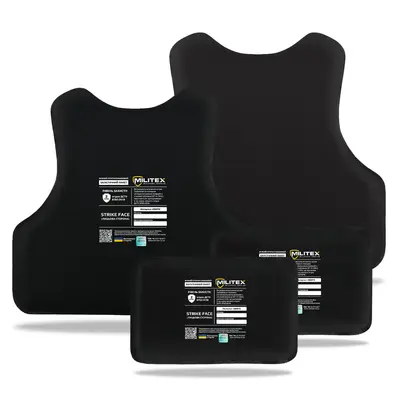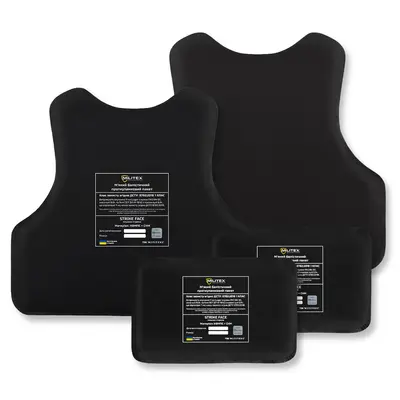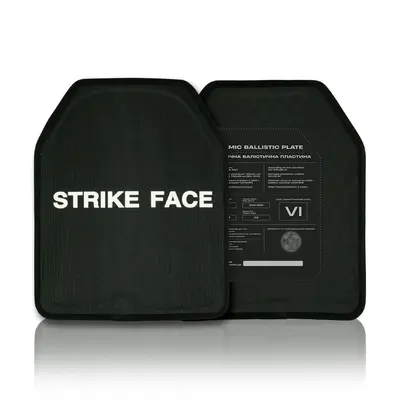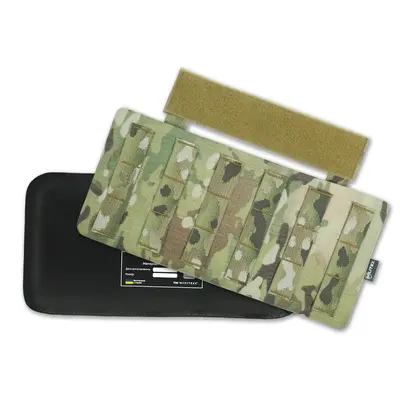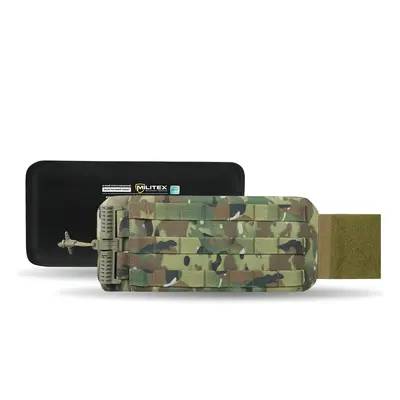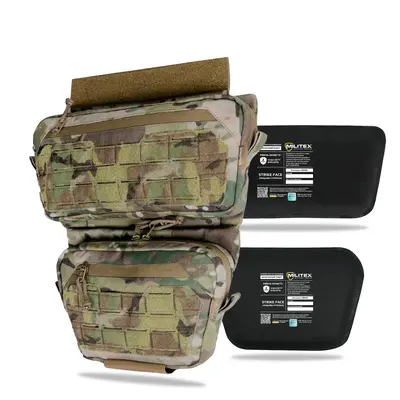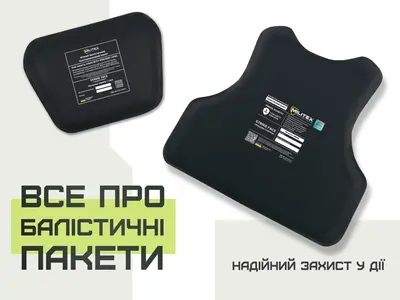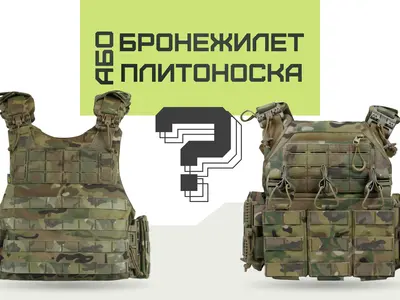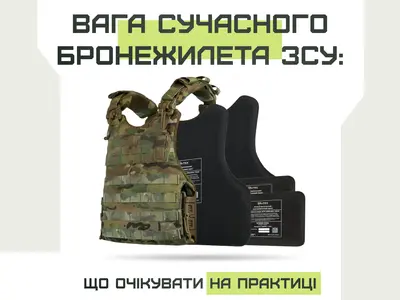Ballistics is a branch of science that studies the features and patterns of motion of bodies in space. This science is based on physics and mathematics, using the developments of these fields to derive theory and acquire practical skills. In general, ballistics involves the study of the motion of shells and bullets fired from firearms. In addition, it concerns the motion of ballistic missiles and shells. Knowledge of this field is especially important not only for the military, but also for many applications in civilian life. For example, the basics of ballistics are of great importance for the aerospace industry and during scientific research.
A short excursion into the history of ballistics
The earliest studies in this area are those conducted back in 1537 by Niccolò Tartaglia. At that time, attention was paid to studying the shape of the flight curve of a projectile fired from a firearm. Galileo also made a certain contribution to the development of ballistics. His developments include the parabolic theory based on the laws of gravity. In 1742, Benjamin Robinson determined the initial velocity of a nuclear weapon. In addition, the scientist created a ballistic pendulum, which is also used in modern life.
Other scientists who also studied the direction of ballistics are Leonard Euler, Lombard Hutton. In the 19th century, they studied the effect of friction on the speed of movement of a projectile or bullet. A landmark event in the development of this science was the use of rifled firearms, which fired elongated projectiles. In this case, the issue of ballistics was studied not only by physicists, but also by artillerymen.
It is worth noting that ballistics experiments were also conducted at weapons factories. For example, from 1881 to 1890, important results were obtained at the Krupp enterprise, which concerned the speed of projectiles fired from weapons of various calibers. This marked the beginning of the study of internal ballistics.
The most radical changes in the study of this issue occurred at the beginning of the 20th century. In this century, aerodynamics began to develop, which made it possible to accurately describe all the factors that affect a fired projectile as it moves outside the muzzle.
How ballistics affect the power of armies
Special attention deserves the question of what ballistics is from the point of view of the application of its developments in military affairs. It is worth noting that as a science, it covers a fairly wide range of industries, including the development and design of various types of ammunition. In addition, it helps to create complex weapons systems that can deliver shells over huge distances with maximum accuracy. With the advent of this type of science, strategic and tactical planning capabilities have become much wider. The use of accurate ballistic calculations allows the armed forces to optimize the use of artillery and missile systems. At the same time, their effectiveness is significantly increased, and the risks to their troops are reduced.
It is also worth noting the influence of various types of ballistics on the development of protective measures, including missile defense. Modern missile defense systems are based on ballistic data on the interception of enemy missiles, which is extremely important for national security. It is also necessary to say about the stimulation of the development of related sciences using technologies such as aerodynamics, computer modeling, and materials science.
Types of ballistics: details about each aspect
It is worth noting that ballistics is not a monolithic science, but is, in fact, a whole complex of disciplines, each of which studies a certain stage of the projectile's motion. In order to understand how this works, it is necessary to consider in detail the main types of ballistics.
Internal ballistics - what happens inside the barrel
At the moment of firing, the powder ignites and the gases expand, as a result of which the bullet begins its journey through the barrel channel. It is these complex processes that internal ballistics studies. It takes into account that the initial velocity and accuracy are directly affected by the pressure of the powder gases, the rifling in the barrel and some other factors. At the same time, the following main aspects are noted:
The pressure of gases during the combustion of gunpowder can reach several tens of thousands of atmospheres. For example, in modern weapons, the pressure can be 4,000 bar, requiring the use of super-strong materials in production.
Muzzle rifling - they create conditions for the rotation of the layer, stabilizing the process in flight. Without such rifling, the bullet can "roll over" and move chaotically.
Muzzle velocity is the speed at which a bullet leaves the barrel. For a rifle, it can be 900 m/s, for artillery shells - up to 1500 m/s.
The process of moving a bullet inside the barrel lasts a fraction of a second, but it is on it that the accuracy of the bullet hitting the target depends. Internal ballistics is the basis for developing effective weapons, because quite often the result depends even on a millisecond.
Transitional ballistics
In this case, attention is focused on the moment when the projectile leaves the muzzle and comes into contact with the air mass. This moment is considered to be the critical period when the bullet is affected by aerodynamic forces. Therefore, it can be considered that transitional ballistics determines the stability of the projectile at the exit of the muzzle.
External ballistics - predicts real-time flight
As a bullet leaves the barrel, it enters an environment with gravity, air resistance, wind, and even the rotation of the earth. External ballistics analyzes this flight, determining trajectory, distance, and accuracy. An example of external ballistics in action would be a sniper's calculation of wind at a distance of one kilometer.
Factors that affect the trajectory of a bullet include:
- gravity - it pulls the layer downward, forming a parabolic trajectory;
air resistance - it reduces the speed and affects the range of the bullet; for example, a 7.62 mm caliber can lose up to 50% of its speed when flying 500 m;
The Coriolis effect is that at large distances due to the Earth's rotation, a projectile can be deflected by several centimeters;
Weather conditions - temperature, density, pressure, and humidity of the air have a significant impact on the flight of a balloon.
External ballistics can be used to predict projectile impact and improve aiming. Modern ballistic calculators available to snipers allow for dozens of parameters to be taken into account to ensure accuracy at distances up to 2 km.
Terminal ballistics - takes into account the moment of impact
To be more precise, this type of ballistics studies the actions that occur when a bullet reaches its target. In addition, terminal ballistics studies the interaction of a projectile with an object, namely its deformation, penetration, degree of destruction. This is extremely important for the military in terms of how to penetrate armor, for doctors - how a bullet affects tissues, and for forensic scientists who determine the type of weapon by traces.
Important aspects of terminal ballistics are penetration, deformation, and ricochet. This field allows for the development of effective ammunition and protective equipment. For example, it is terminal ballistics that has made it possible to create ceramic armor plates that withstand impacts and high projectile speeds.
Missile ballistics on a cosmic scale
Ballistic missiles have now become the pinnacle of ballistic science. They move along complex trajectories, including an active phase in the form of engine acceleration and a passive (inertial flight). For example, an intercontinental ballistic missile has the ability to travel a distance of 10,000 km, reaching its target in 30 minutes. Missile ballistics takes into account not only terrestrial factors, but also cosmic ones, which include planetary rotation, gravitational fields, and the solar wind. This field is used not only in the military sphere but also in space research.
How ballistics works for defense in military affairs
All the above sections form a comprehensive approach to the study and application of this science in various fields. In military affairs, it can also be perceived as effective protection in the form of various equipment. Developed using modern technologies and materials, it makes it possible to protect a fighter from bullets, fragments, cold weapons or blast waves. The production process uses modern materials that guarantee an effective level of safety, well cushioning and absorbing shocks. Such protection elements are developed and produced taking into account strict standards and certifications.
Types of ballistic protectionThe list of the most popular ammunition includes:
military groin protection;
lower back protection;
ballistic protection of the sides;
hand protection;
ballistic leg protection.
Special ballistic packages provide reliable protection against bullets, shrapnel, grenades, mines and other threats. A lightweight, comfortable module is used for the groin area, which prevents shrapnel wounds. Lumbar protection becomes a barrier to the penetration of shrapnel, ricochets from pistol bullets and fragments.
Ballistic protection of the sides is considered critical for the military, as standard body armor often leaves these parts of the body exposed. Attention is also paid to elements for protecting the lower extremities, which are also additional modules, providing protection for vulnerable arteries and joints. Knee protection is extremely important, as this area is most often affected when a soldier moves through difficult terrain.
Features of the ballistic package
It is the basic element of a soft bulletproof vest to perform a protective function. Such an element is made of high-strength materials that do not tear, are not pierced by a knife or a bullet. The best indicator of strength and quality is an aramid fabric for armor called Kevlar. Also in this segment, manufacturers often use specialized high-molecular polyethylenes. Such materials are folded into several layers to create the desired level of protection. The main feature of a ballistic package is that they have the ability to absorb and dissipate the energy of a fragment or bullet.
When a bullet or shrapnel hits a body armor, the energy from the impact is absorbed by several layers of fabric, remaining in them and not passing to the body. Ballistic packages are inserted intobody armor , plate carriers or additional modules to maintain the required level of protection in hazardous areas. In terms of protection class, they are divided into six main subspecies. More detailed information about this information and the classification of this protective equipment can be found in the article " What are ballistic packages ".
It is worth noting some basic advantages of ballistic packages:
Reliable protection due to the use of ultra-strong fabrics with the addition of composite materials.
Lightness - the mass of ballistic packages is much less compared to traditional armored elements in metal plates.
Moisture resistance – before use, the products are individually packaged, and during use they retain their original properties for a long time.
Flexibility - the packages are distinguished by an elastic design that ensures adaptation to the shape of the human body.
The scope of application of ballistic packages is quite wide. They are in demand among the military, law enforcement agencies, and civilians - for example, security guards, journalists, medical personnel in conflict zones, etc.
Ballistics is a science that plays a key role in military affairs at this stage. It optimally combines theoretical knowledge and practical experience, continuing to develop continuously. That is why humanity has great potential to obtain new opportunities for research and innovation in this direction in the near future. And ultimately, understanding ballistics allows us to provide better protection and security for humans.

